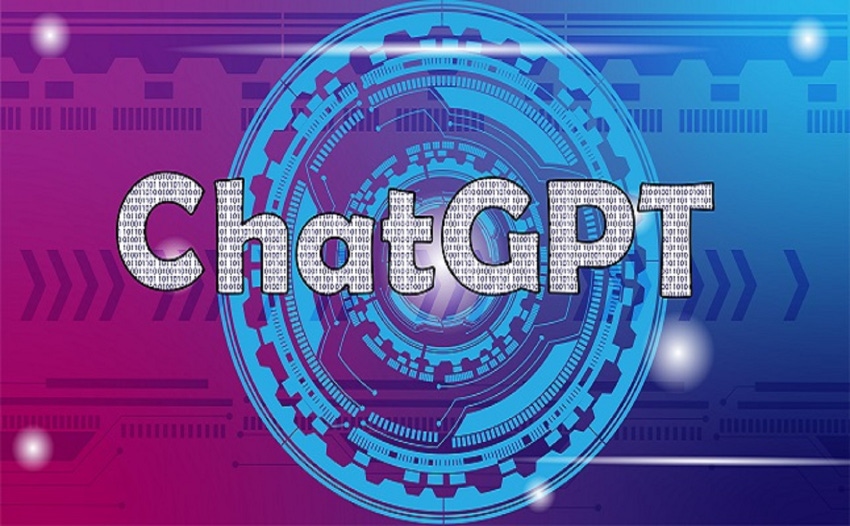Generative AI in the Enterprise: 4 Things Every Organization Should Do
It’s been just about a year since ChatGPT emerged to change everything we know about AI and writing. These four points can help organizations build a solid foundation for this transformative technology.

Happy birthday, ChatGPT.
It has been nearly a year since the landmark generative AI product was formally introduced by OpenAI on Nov. 30, 2022, and went on to stake its claim as the fastest-growing consumer application in history.
The service, trained to generate human-like responses to written prompts, became a viral sensation as people discovered all the things they could do with it, from planning family vacations to brainstorming business strategies.
ChatGPT and similar generative AI programs are true game changers because of their potential to revolutionize several industries by automating business processes with their powerful natural language processing capabilities.
Generative AI can be used within enterprises for a plethora of use cases that can massively improve productivity, including customer support and service, employee virtual assistants, content generation, market research, knowledge management, data analysis and reporting, quality assurance, legal compliance, cybersecurity monitoring, and software code development.
In fact, the emergence of OpenAI’s ChatGPT and similar open-source large language models (LLMs) like Meta’s Llama 2 has reshaped the entire notion of artificial intelligence’s value proposition in the enterprise.
Before the emergence of ChatGPT, enterprise AI primarily consisted of traditional machine learning approaches, which were used to develop predictive models that enable better decision making based on data. The promise of generative AI is different. Generative AI can be used to create content such as text, images, and more based on prompts input by users and vast data available on the internet and within your own business.
Thus, AI, which was initially perceived as a robust decision-making tool, is now also seen as a powerful driver of productivity and efficiency. Generative AI can be used to take the grunt work out of many jobs: It can generate summaries of videos and audio content, create variations of images based on brand guidelines and campaigns, and even write software code.
This has massive productivity implications across every business function in an organization. As a result, many organizations are recognizing that they must get on the AI train quickly or risk being overtaken by faster-moving competitors.
But at the same time, many organizations are unsure how to get started with generative AI. Confronted with new, unfamiliar processes and a variety of technological puzzle pieces, some are realizing that incorporating the technology into their business operations is more complex than they’d anticipated.
On the occasion of the first anniversary of ChatGPT’s public release, here are the four most critical steps enterprises should take to get their generative AI journey off to a strong start.
1. Identify the use case
A successful AI journey calls for “beginning at the beginning,” which means defining the specific problems your enterprise is trying to solve and the objectives you are trying to meet.
Is it enterprise search that scans a company’s internal systems to help employees quickly locate accurate, up-to-date information on product specs, HR policies, and countless other things?
Is it to improve customer service through round-the-clock support, immediate responsiveness, scalability to handle unusually high inquiry volume, and multilingual support?
Is it to help generate marketing content and provide personalized recommendations based on customer data?
Whatever an organization’s priorities may be it is essential to have a clear understanding of what they’re trying to accomplish with generative AI and what success looks like.
2. Delineate the data
To build AI products that are relevant to your company, you need data -- not just the public data that's used to train LLMs, but your own proprietary information that will help serve the fine-tuned use cases you have identified above.
Questions to ask include: What data do we want to include to support this use case? Are there any concerns about that data (accuracy, consistency, security, etc.)? Is there any data that should be excluded because it is too sensitive? Who is going to have access to the LLM’s output and how will we manage that?
Organizations must investigate these topics to ensure they’re taking full advantage of AI for the use cases they’ve identified. They must also put up guardrails to protect security and privacy.
Without a meticulously thought-out data strategy, AI initiatives are guaranteed to fail.
3. Decide which technologies are best
What specific AI models and techniques work best for us? It’s a simple question that every organization must ask, but the answer is complicated. Packaged generative AI solutions don’t really exist yet in what is still a nascent market, so companies have to make certain important technology choices in order to maintain momentum.
The first question to ask: Should we use OpenAI’s GPT-4 LLM, which is the basis for the ChatGPT service? Or should we use one of the LLMs -- the algorithm that processes natural language inputs -- from companies like Anthropic and Google, or even an open source LLM like Meta’s Llama 2 or Falcon, which was created by the Technology Innovation Institute in Abu Dhabi.
Once this is decided, there are other technology stack-related matters to settle, such as which vector database to use for efficiently storing and indexing your enterprise information to fuel prompts for your AI applications.
Finally, companies need to decide on the right mix of building, buying, and collaborating with third-party vendors on their AI solutions.
It’s all a bit of a puzzle right now, but one worth solving as generative AI heats up across multiple industries.
4. Follow “human-in-the-loop” principles.
“Human-in-the-loop” is an industry term that means keeping a person involved to ensure the quality of AI applications before they’re released into the wild in critical business functions.
Make no mistake: Human review is vital to validating generative AI outputs and assuring quality. Organizations that skip this step risk running into all sorts of problems in their AI initiatives, from bugs that hamper AI-based applications to security issues that could expose sensitive data.
The excitement and interest following ChatGPT’s release last November showed that generative AI has passed a tipping point. Adoption will come -- quickly, I predict.
By following my four points, organizations can build a solid foundation for taking full advantage of this transformative technology.
About the Author(s)
You May Also Like







